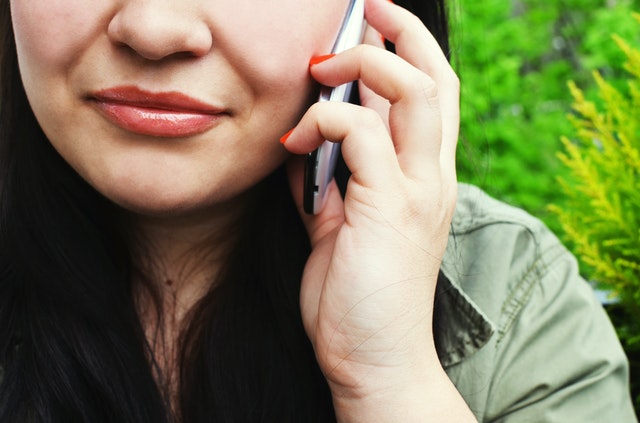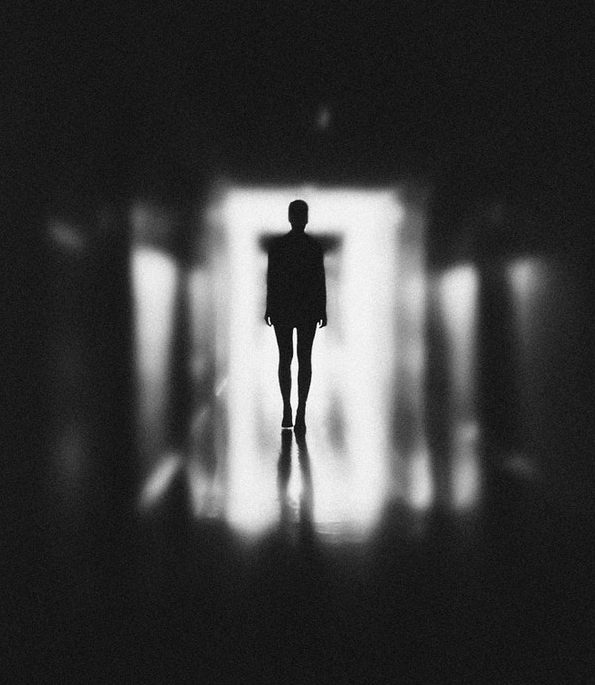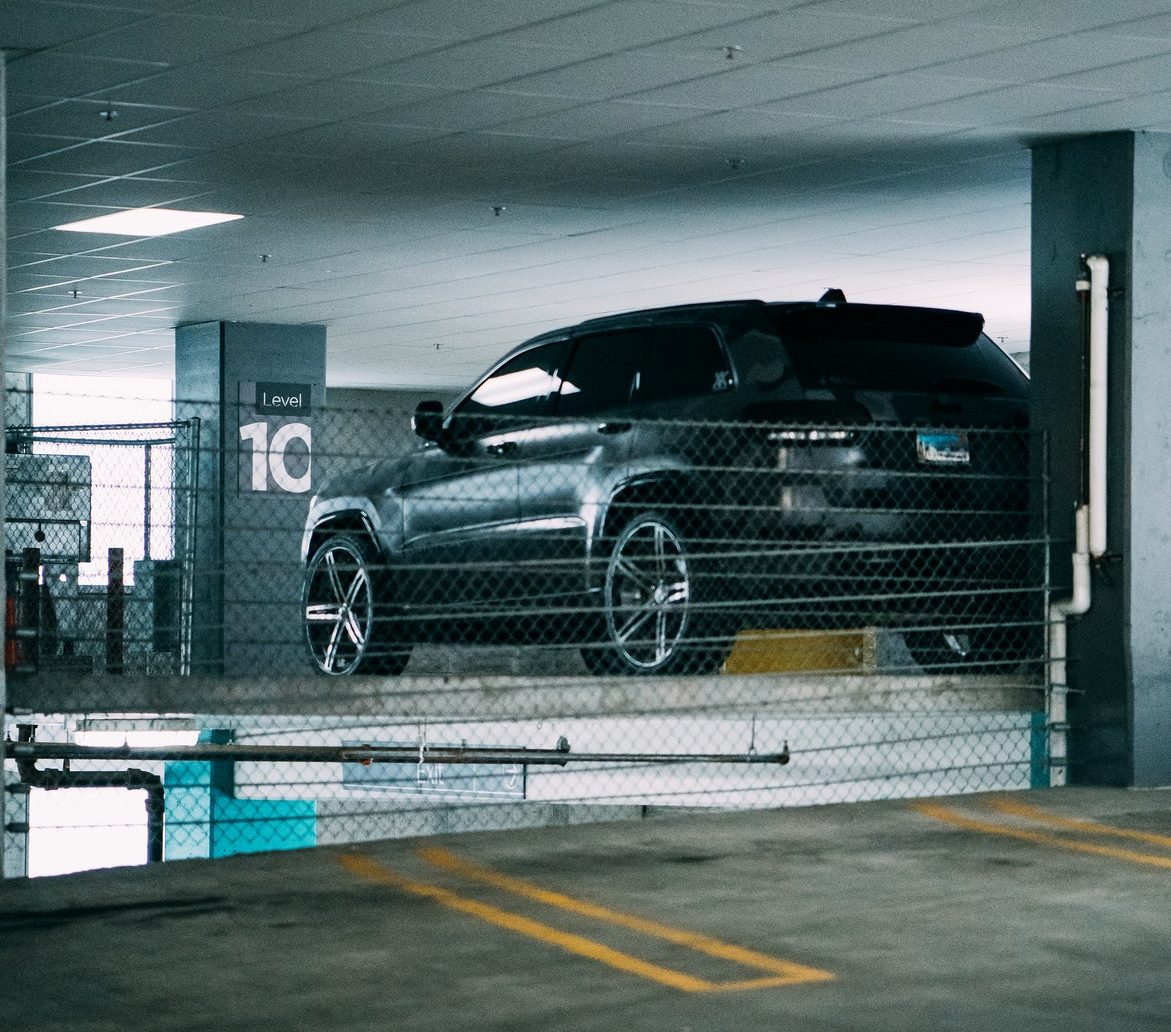In March, just 2 months shy of finishing her Master’s Degree abroad, Kaitlyn* had a job offer in place upon completion of the semester and her return to the U.S.
Excited? Yes, Kaitlyn was extremely so!
Then the COVID-19 pandemic’s world-wide lockdown drastically changed her life. As the U.S. rolled out travel bans for international flights, colleges and universities sent students home en masse to complete classes virtually. And with those two events, Kaitlyn found herself back home much earlier than expected and her much-anticipated graduation ceremony postponed indefinitely.
 But these were not the only unexpected events for Kaitlyn this spring. Two days after arriving home, Kaitlyn received a call from her doctor overseas: the result of her recent breast cyst biopsy had come back. Kaitlyn had breast cancer. “I had to really push my doctor to give me my diagnosis over the phone and then share the biopsy results with doctors in the U.S.,” Kaitlyn begins. “I told them, ‘I don’t know when I will be back in the country!’ I didn’t want to go through another biopsy here,” she says emphatically.
But these were not the only unexpected events for Kaitlyn this spring. Two days after arriving home, Kaitlyn received a call from her doctor overseas: the result of her recent breast cyst biopsy had come back. Kaitlyn had breast cancer. “I had to really push my doctor to give me my diagnosis over the phone and then share the biopsy results with doctors in the U.S.,” Kaitlyn begins. “I told them, ‘I don’t know when I will be back in the country!’ I didn’t want to go through another biopsy here,” she says emphatically.
For Kaitlyn, her first visit to the oncologist started with a nurse taking her “vitals” (blood pressure, pulse, weight, temperature, etc.). “I had a 99.4° fever, which the nurse said, ‘Technically this isn’t like a coronavirus fever, but given your travel history and that you’ll be getting a port, it is a risk for everyone if you do have this coronavirus, so we need to be abundantly cautious.’ My coronavirus test came back positive!” Kaitlyn exclaims incredulously. This pushed back treatment for Kaitlyn, but “if there was a time to get the coronavirus, it was before I started treatment, instead of during it!” Kaitlyn admits.
“When you get a breast cancer diagnosis, it is terrible: you feel overwhelmed and you’re scared, but you’re also shell-shocked,” reveals Kaitlyn. COVID-19  compounded these feelings. Her first procedure—a breast MRI—took place at the beginning of the pandemic lockdown, when nonessential tests were canceled. She found herself completely alone in an eerily silent, empty imaging center. She walked out to the parking lot where her mom and sister were waiting for her in their car. “I think that was the first moment I knew how hard this was going to be: going to dozens of appointments alone,” Kaitlyn reveals, with her voice full of emotion.
compounded these feelings. Her first procedure—a breast MRI—took place at the beginning of the pandemic lockdown, when nonessential tests were canceled. She found herself completely alone in an eerily silent, empty imaging center. She walked out to the parking lot where her mom and sister were waiting for her in their car. “I think that was the first moment I knew how hard this was going to be: going to dozens of appointments alone,” Kaitlyn reveals, with her voice full of emotion.
For all of her initial doctor’s appointments in those first two weeks after diagnosis, Kaitlyn brought her mom with on speakerphone “so that there is someone else to help listen and ask questions. . . . It is so helpful.” During chemotherapy, Kaitlyn tries to fill time by chatting with the nurses, listening to music and podcasts, and texting friends on her phone. Besides keeping patients partitioned off in the clinic, Kaitlyn’s young age has made it difficult to interact with others cancer patients. “I have never seen someone my age at my cancer center. There’s not even anyone close to my age (Kaitlyn is in her late 20’s) to talk to,” she laments.
Kaitlyn found Firefly Sisterhood and was matched with a Guide. “I realized early on that there is such a strong community within the breast cancer world,” she states. “There are all of these really amazing women that are giving up their time to make a really difficult journey for someone else a little bit easier. I think that is really, really beautiful.”
In addition to her Firefly Guide’s support, Kaitlyn’s friends and family have pitched in to help ease the loneliness. A friend signed both up for a virtual book club, her out-of-town friends held a virtual karaoke night (Kaitlyn loves karaoke), her family has attended the Metropolitan Opera together, complete with dressing up and Zoom sessions for happy hour, intermission, and post-performance discussion! “I recommend keeping those little things that brought you joy before quarantine – it is important to find creative ways to do them during quarantine,” Kaitlyn advises.
Even though the challenges of breast cancer during the COVID pandemic have been great, the most difficult thing for Kaitlyn is “holding on to a sense of my identity – the person I was – and being anything but a cancer patient,” she reveals. Interestingly, while one telltale sign of being a cancer patient can be hair loss, for Kaitlyn, “When I have been out and about, people think that I have shaved my head. The assumption isn’t even cancer: a lot of people are having mental breakdowns in quarantine and giving themselves bad haircuts!”
 Bad haircuts aside, Kaitlyn admits, “Sometimes I think this is worse for my mom than me. She sits in the parking lot in her car for long periods of time, waiting for me and worrying,” Kaitlyn divulges. Walking out of treatment last week, she found that one of her friends’ moms had brought her mom lunch and they were both enjoying conversation and lunch while social distancing. Kaitlyn was incredibly grateful for this thoughtfulness.
Bad haircuts aside, Kaitlyn admits, “Sometimes I think this is worse for my mom than me. She sits in the parking lot in her car for long periods of time, waiting for me and worrying,” Kaitlyn divulges. Walking out of treatment last week, she found that one of her friends’ moms had brought her mom lunch and they were both enjoying conversation and lunch while social distancing. Kaitlyn was incredibly grateful for this thoughtfulness.
Kaitlyn sums up cancer care and COVID-19: “I think there is an added layer of anxiety and fear,” she explains. “I worry if things totally spin our of control in Minnesota this fall and for some reason my surgery and treatments is delayed.” Kaitlyn ends the interview with words of wisdom, “Just being one of the people that needs the healthcare system outside of the coronavirus, I have an acute understanding that I wouldn’t have had otherwise of why we need to flatten the curve.”
*Name has been changed to protect privacy.
A tremendous thank you to Kaitlyn for sharing her experience of cancer during a pandemic. For most of us, this is an unimaginable situation, and we are grateful for her insight and honesty during this scary time.
Written by Amy Tix, Firefly Staffer and breast cancer survivor, who simply cannot imagine what it would be like to go to appointments, clinic visits, treatments, and surgeries . . . . utterly alone.
